Timing Your Entries and Exits
One of the most important topics and probably what could be considered the holy grail of trading is timing your entries and exits perfectly. Everybody knows the old adage, “buy low, sell high” or, “short high, cover low” but that’s easier said then done… right? I will share with you my own trades and discuss how it is possible to enter a position right as it’s about to shift in your favor and then exit before the trade starts going against you in order to make consistent gains.
I need to start by saying that you cannot predict the markets. The only thing you can do is anticipate what will happen next. If your knowledge and experience of the markets brings you to the point where you have a proper understanding of the markets, you can anticipate market movements. It will get to the point where it’s like you are predicting the market but the truth is you’re not. You are simply so well versed in the rhymes and rhythms of the market and its participants that you can anticipate moves with a very high degree of accuracy.
So with that being said, let’s look into some of my trades and go over the reasons for why I entered and exited the stock at the particular times that I did.
Here’s a stock I traded 3 days ago on February 23rd, 2017 during premarket hours. It’s a stock I’m very familiar with and it had surged on strong premarket volume. As you can see from the red triangles, I short sold into the 3.90’s and then I covered around 3.70’s for a nice 4% gain.
Now you might be asking yourself, how the hell did I nail the top and cover at the bottom? How did I know when to enter the stock short just as it started to reverse trend and begin selling off? The answer is simple but has many components which in it of themselves can be very complicated and complex. The short and simple answer is that I stacked all of the odds in my favor before I pulled the trigger. I analyzed the price structure, the volume, the chart patterns, the demand and supply areas, the psychology of other traders and the level 2 and time and sales patterns. When all of those variables gave me the green light and ticked my boxes, I went ahead and pulled the trigger. I also had my risk management clearly planned out and used the $4 dollar mark as my mental stop loss and risk. As the stock came down, I used the exact same process but in reverse, eyeing the areas where people were likely to overwhelmingly dip buy, and getting out before they got in.
Notice on this chart buyer exhaustion as it began to draw thinner candles as volume increased. Notice also the stock didn’t make it to $4 (a round number that traders commonly use to base their trades off of). These are things I was very well aware of because I know exactly what other traders are thinking at all times and in the future. If I don’t know what others are thinking and thus what they’re most likely to do next, I do not participate in the trade. If the setups that I know aren’t present, I simply avoid the stock or put it on a watch list and wait for the next opportunity to present itself.
Here’s a zoomed out the chart showing how the rest of the day played out. Unfortunately there were no more shares available to short with my broker because otherwise I would have nailed all those other tops as well!
I have countless other charts to show the same thing happening over and over again. You will notice on some of these charts that the stock does go against me briefly. Though it appears I may be wrong in that particular moment in time, my risk management allowed me to stay in the trade before eventually proving me right.
I do not believe in “cutting losses quickly”. I prefer cutting losses intelligently. If the stock does go against you, make sure you respect your risk you’ve set yourself on the trade and do not waiver. Each situation is different and unique and thus there is no secret strategy or secret tool that will make you millions. The most effective method is to simply educate yourself on such a profound level that you can adapt, identify and take advantage of as many situations as possible. Knowing the setups like the back of your hand is where you will find consistent profitability.
So in regards to timing your trades as efficiently as possible, do your best to stack as many odds in your favor as possible. Look at previous prices, observe the level 2, analyze what other traders are thinking as you see their actions laid out on the charts and make sure you are trading something you are very familiar with.
The following charts are trades I’ve taken this month in order to help you see how they’ve played out from the moment I pulled the trigger to the moment I covered. Sometimes the trades went against me briefly and sometimes I had taken a loss before reentering the stock because my analysis was showing me that I will be proven right. There’s a saying, “history doesn’t repeat itself but it sure does rhyme”. This is true regarding the markets as well. Companies change, stocks change, prices change but human behavior never changes.
(Red Triangle = Short Sell)
(Blue Triangle = Buy to Cover)
(Blue Triangle = Buy to Cover)
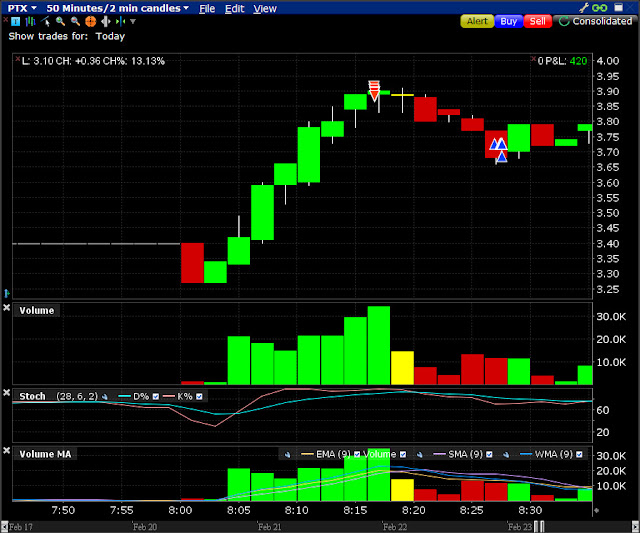

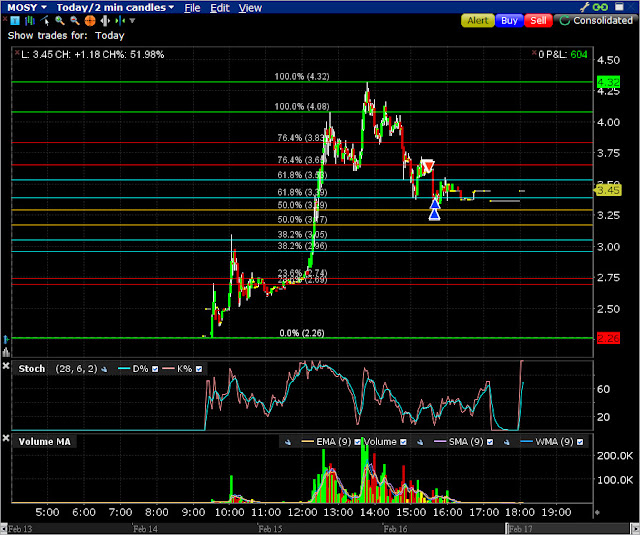
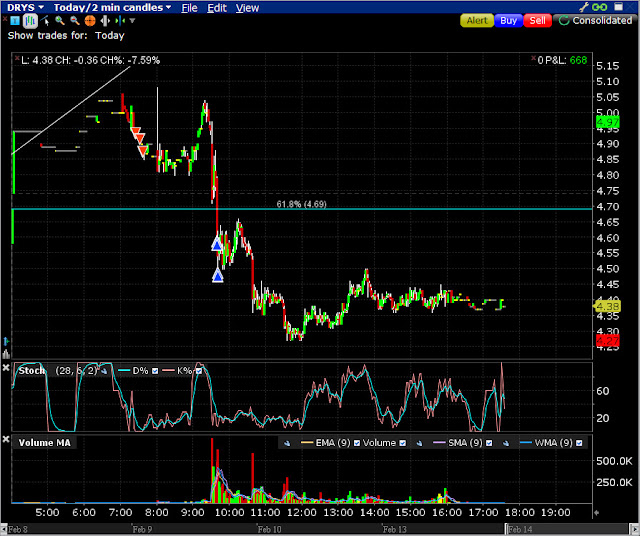
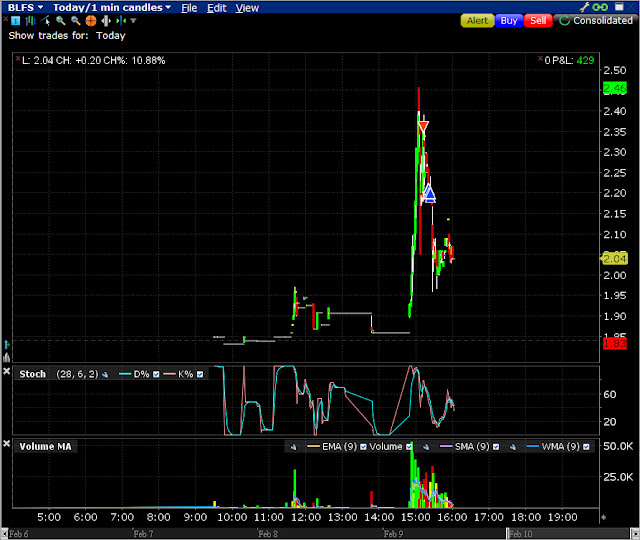

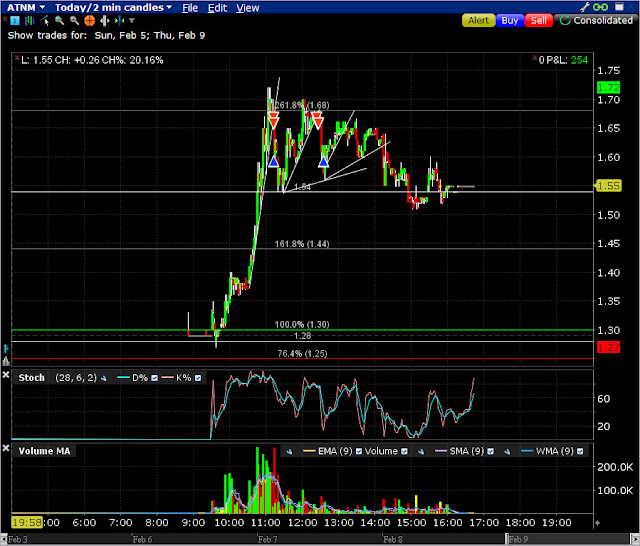
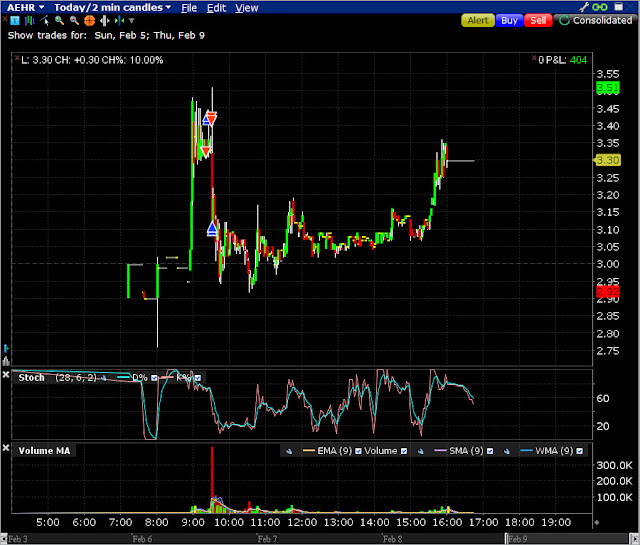

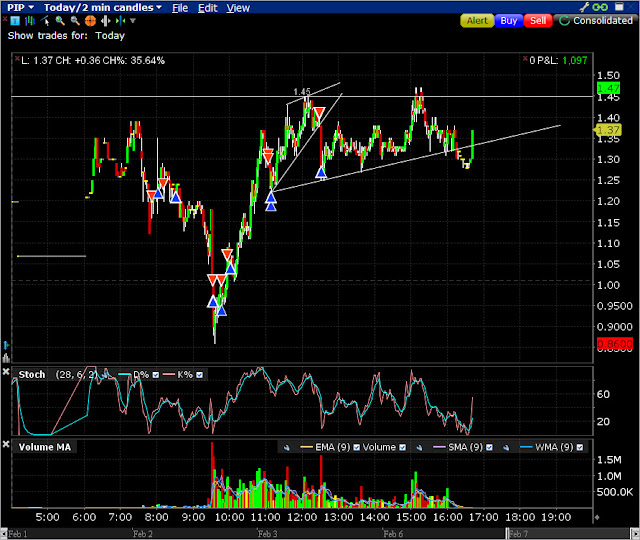
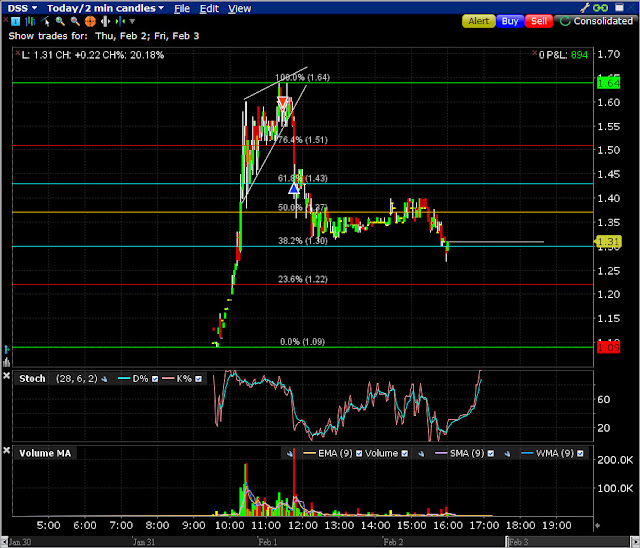

Excellent Blog Post, please make live trade videos!!!
@HollywoodGiorgio Thank you! Videos are something I intend to do soon :)
thanks for the lesson Hitman :-)
@s32wilki my pleasure ! :)
Join now or log in to leave a comment